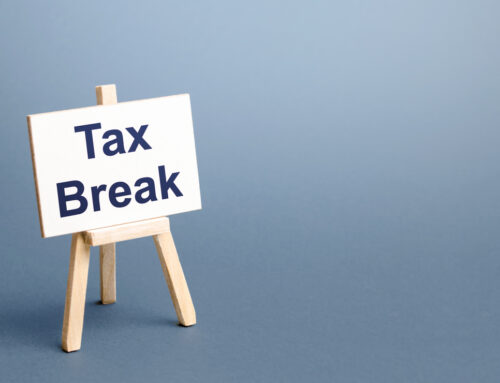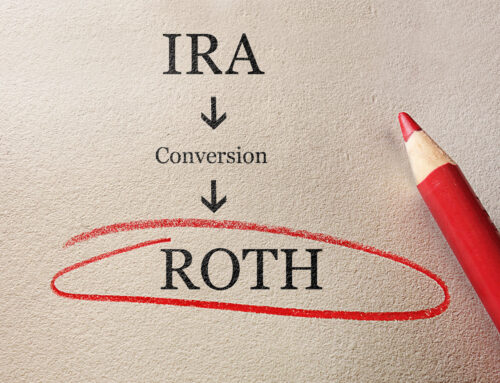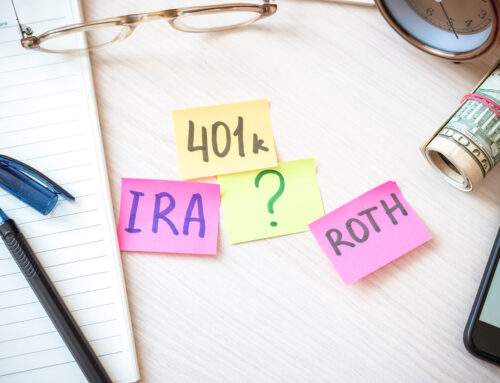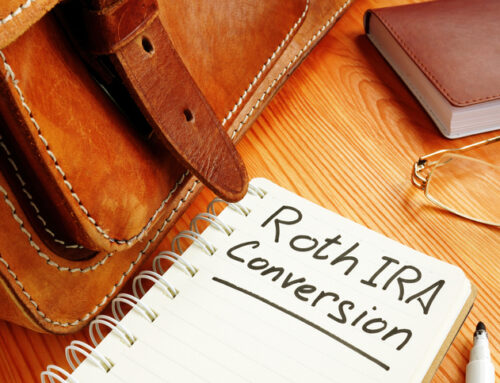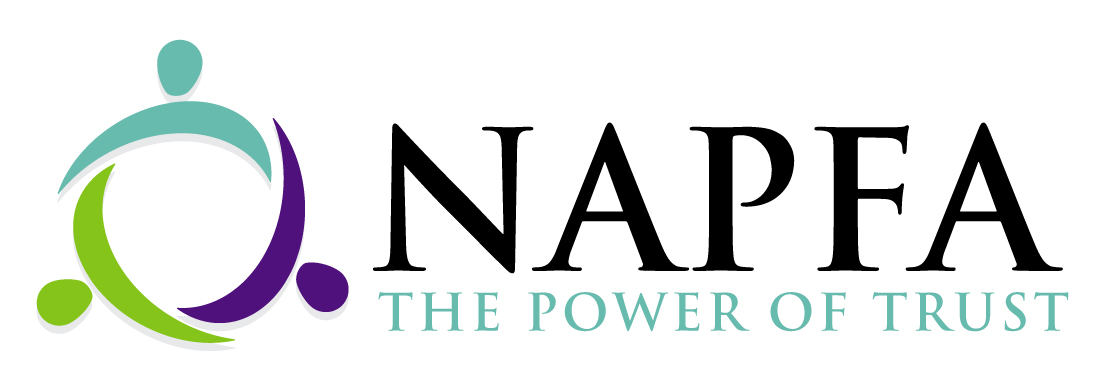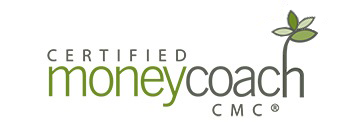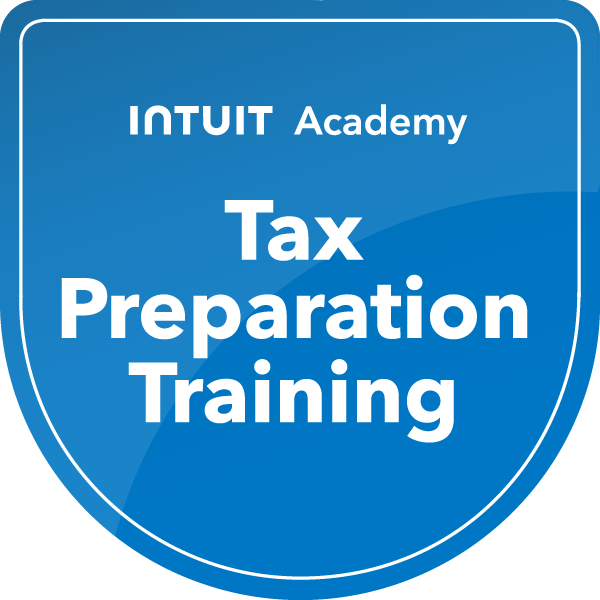During your working years, contributing to tax-deferred retirement accounts (401(k), 403(b), traditional IRA, SEP IRA, SIMPLE IRA) provided the benefit of not paying income taxes. This allowed for more of your money to grow through compounding. But you cannot indefinitely defer paying taxes, which is where required minimum distributions (RMDs) come into play.
They are the amounts that you must withdraw from your retirement accounts each year. These distributions are included in your taxable income except for any part that was already taxed (basis) or that can be received tax-free, such as qualified distributions from designated Roth accounts. If these distributions are large, this could push you into a higher tax bracket, so it is a good idea to plan ahead and determine the best time to begin taking them.
You can enjoy an additional year of tax-deferred growth due to the SECURE 2.0 Act that went effect in 2023, raising the age to begin taking withdrawals to 73. And the RMD age will rise to 75 in 2033.
You do have the option of a one-time delay for your first distribution to April 1 following the year in which you turn 73, however you must take a second distribution for that year. After that, RMDs must be taken each subsequent year no later than December 31.
If you happen to still be working and contributing to a 401(k) or profit-sharing plan, you can delay taking your RMDs until the year you retire, unless you are a 5% owner of the business sponsoring the plan.
One strategy to reduce your RMD-related taxes is through a qualified charitable distribution (QCD). A QCD allows you to use your IRA to make donations to a qualified charitable organization and satisfy your RMD, thus not paying taxes on your retirement savings and fulfilling your charitable intent. You must be 70.5 years of age to do this, and the maximum donation is $100,000.
Now, let’s say you have plenty of cash on hand and do not need the RMD for your living expenses. Although you will still have to pay the ordinary income taxes on the required withdrawal, you could utilize a strategy to reduce future capital gains taxes by transferring depressed securities in-kind from your IRA to a taxable (non-retirement) account. This means you receive the actual securities rather than cash, with the idea of maintaining the same market exposure (now in a different part of your overall portfolio) while reducing your taxes on future appreciation at capital gains rate rather than ordinary income tax rate.
For example, a 74-year-old in the 35% tax bracket uses the in-kind RMD strategy for stock worth $30,000, paying $10,500 in ordinary income taxes. The stock appreciates to $55,000 five years later and upon selling, the 15% capital gains tax would be $3,750. If the same retiree maintains their position on the depressed stock and instead takes $30,000 in cash from their IRA, the ordinary income tax would be the same $10,500. But, if she sold the stock in five years when it is valued at $55,000, the taxes are paid at the ordinary income tax rate, which would be a whopping $19,250.


